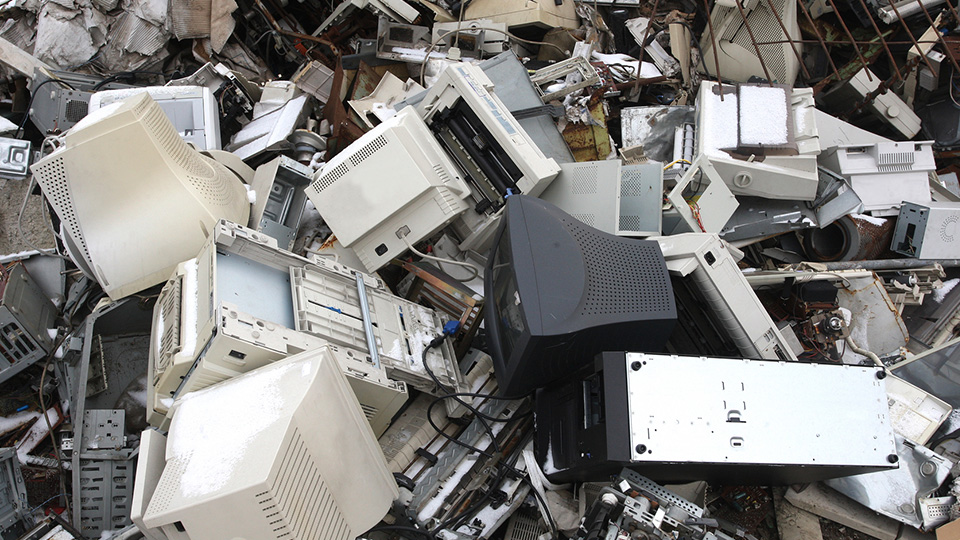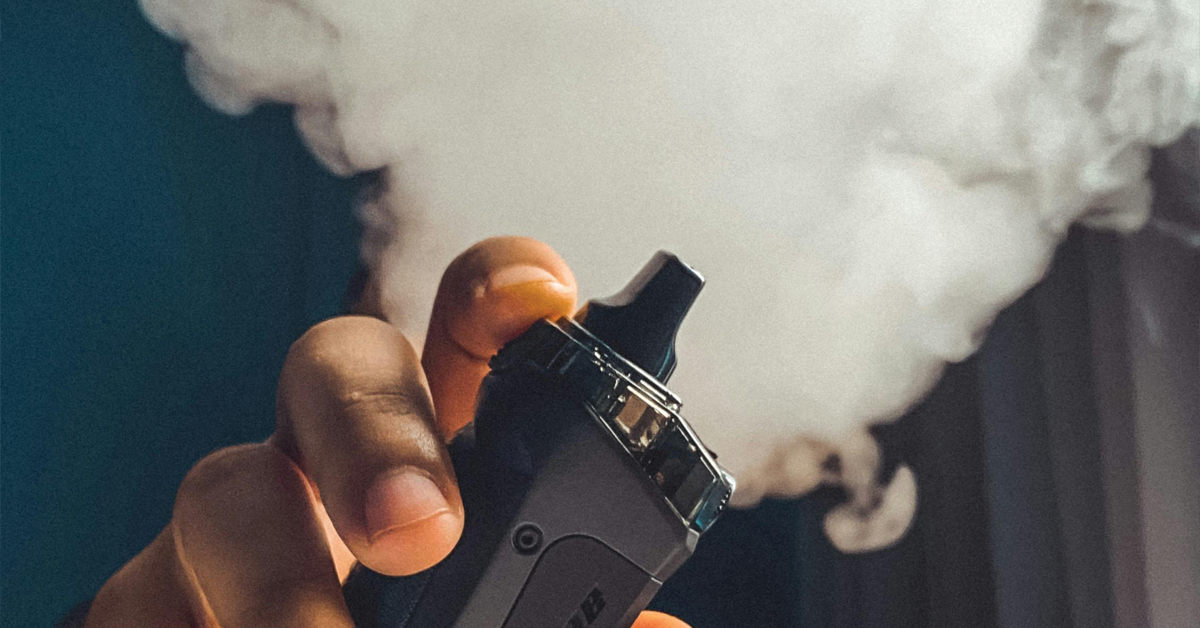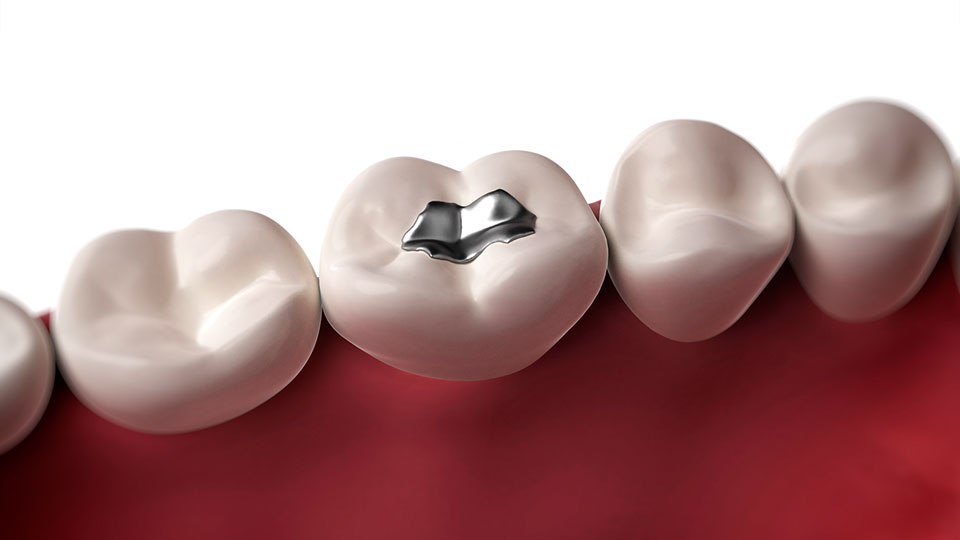Wouldn’t it be great if recycling batteries, lighting waste and electronic waste (e-waste) was as easy as recycling our plastic bottles and newspapers?
Unfortunately, that’s not quite the case but with just a little extra effort it is possible to make sure all these types of waste, and the nasty things they contain, are responsibly recycled.
Here’s where you can take batteries, globes and e-waste for recycling:
Batteries
All batteries contain useful materials that can be recycled, often back into new batteries.
Some, such as nickel cadmium (Ni-Cad) batteries, contain toxic components that are a hazard to humans and the broader environment.
First, check if your workplace collects batteries for recycling. If it does, can you use it for your household batteries? (If it doesn’t drop some hints about why it should).
Most local councils provide battery recycling collection points at their offices, waste depots and maybe other facilities, such as sports centres.
Some retailers, including IKEA, Officeworks and Battery World collect small batteries for recycling. Auto stores usually accept car batteries.
Lighting waste
Most types of lighting waste can be recycled. This is particularly important for fluorescent globes and tubes as they contain toxic mercury.
Check if and where your local council accepts lighting waste. Often compact fluorescent lamps can be left at council offices, but fluoro tubes may need to be taken to waste depots.
IKEA accepts regular light globes and compact fluorescent lamps for recycling.
Talk to your boss, to see if you can get a workplace lighting recycling program off the ground.
E-waste
E-waste covers pretty much anything that plugs into a power point or runs on batteries. Recycling e-waste yields both useful materials and prevents toxic metals entering the environment.
Many manufacturers take back old computers for recycling, often via their retail networks.
Most council recycling depots accept computers, printers, TVs, power cables and other electrical items (even old CDs and DVDs in some cases).
For other types of e-waste, particularly electric toothbrushes, shavers and cordless vacuum cleaners that contain in-built batteries, check with the retailer when buying a new one if they will take the old one for recycling.
So, while you might need to go a little out of your way to recycle your household battery, lighting and e-waste, it isn’t so difficult, and well worth it for the benefits it delivers to the environment.
Recycling is even easier for businesses and organisations
But here’s a surprise.
If your business or organisation generates a regular stream of any of these types of waste, recycling is even easier than it is for householders.
Our pre-paid battery collection buckets, and fluoro tube and compact fluorescent lamp collection boxes are delivered to your door. When full all you need to do is call us for a pickup. We can even take your old computers at the same time.
Not only that, recycling is good for business. So become a recycling champion.
To find out more, call us on 1300 32 62 92 or fill out the form below and we’ll run through the options with you.






